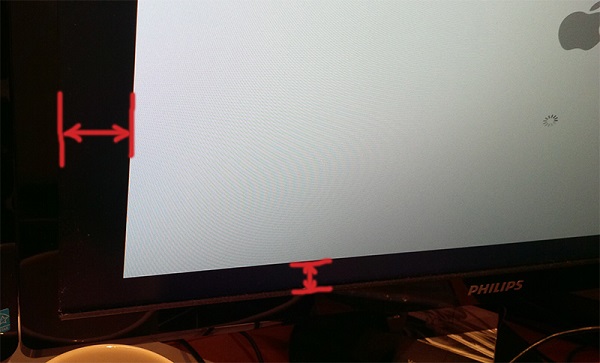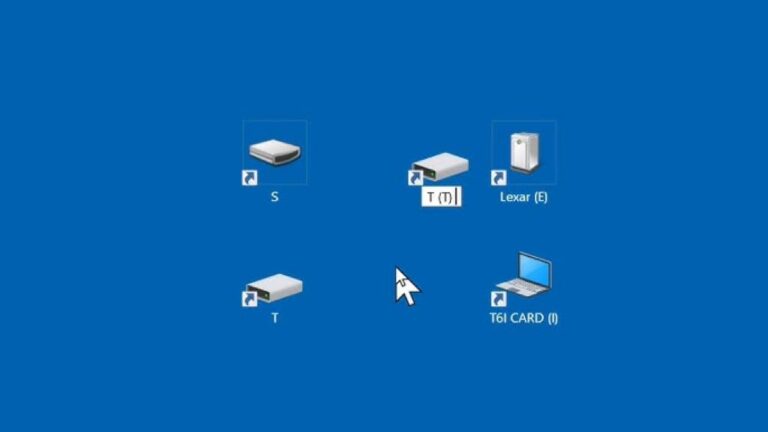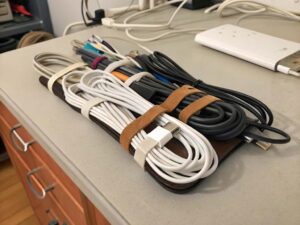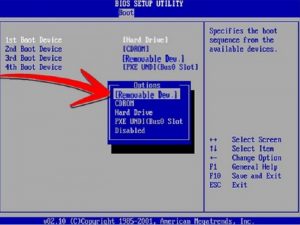The black borders on your screen are becoming an alarming trend in recent years. It is important to know the cause of them so that you can fix and prevent these unsightly black borders.
What causes Black Borders on your Computer Screen?
If you are experiencing black borders on your computer screen, there is a good chance that the issue is due to a software issue. There are a few different reasons why this could happen, and each requires a different solution. Here are some of the most common causes:

1) Windows Update: If you have recently updated your operating system, or if there have been any other major changes to your computer, it’s possible that the new software has caused the black borders. Try reinstalling Windows Update, checking for updates manually, or using an alternate update method.
2) Display Driver Uninstaller (DDU): If you’ve recently installed or uninstalled a display driver, that can also cause the black borders. Make sure to back up any important files before doing this, just in case.
3) Video Card: If you’re experiencing black borders on your screen, it’s likely that your video card is causing the problem. Try upgrading your video card or replacing it altogether.
4) Pixel Shader Driver: If you’re using a newer version of DirectX than what is included with your computer, that too can cause black borders on your screen. Updating your DirectX drivers can fix the issue.
What are the origins of Black Borders on your PC?
Black borders are one of the most common problems that people experience on their computers. This occurs when your screen appears to be divided into different sections, with black borders surrounding each one. The cause of this problem is often unknown, but there are a few potential reasons why it might happen.
One potential cause is that you have an incorrect resolution setting on your computer. If your screen is set to a lower resolution, then it will appear narrower and the borders will appear darker. If you have multiple windows open on your screen, then the borders between them will also be visible.
Another possible cause of black borders is a graphics card issue. Sometimes, when you install a new graphics card, the driver may not be installed correctly and may cause the borders to appear.If you experience black borders on your computer, it’s important to try to resolve the issue by checking the settings on your computer and looking for any installed drivers that might be causing the problem. If those solutions don’t work, then you may need to contact a technician to help resolve the issue.
Theories and evidence for cause of Black Borders
There are many theories as to the cause of black borders on computer screens. Some say that the black borders are caused by a virus or malware, while others say that they are caused by problems with the graphics card or monitor. But no one knows for sure what causes black borders on computer screens and there is no clear evidence to support any particular theory.
How to fix a black screen on your computer?
If you’re having trouble seeing anything on your computer screen, there’s a good chance that the black borders are to blame. These lines or bars appear on the screen when there’s not enough light reaching the monitor.
There are a few things that you can do to fix this problem. The first is to adjust your monitor’s brightness and contrast settings. If that doesn’t work, you can try to update your video card drivers. If all of those options fail, then you may have to resort to a hardware solution.
If you’re experiencing this issue on a regular basis, it might be worth investing in a new monitor or video card. These repairs can be expensive, but they could save you a lot of headache in the long run.
Conclusion
There can be a number of reasons why you may see black borders on the edges of your computer screen, most commonly due to an issue with the graphics card or monitor. If you’re unable to fix the issue yourself, it might be worth considering getting in touch with a computer specialist who can diagnose and resolve the problem. In any case, don’t worry; by following these simple tips, you should be able to restore normal viewing conditions for your screen in no time at all.






